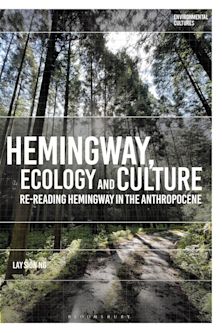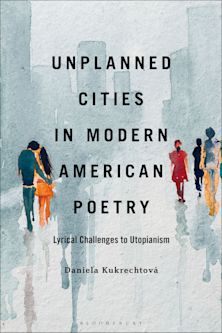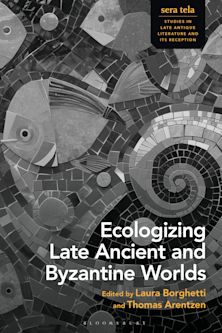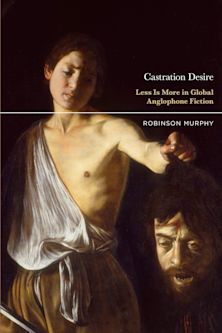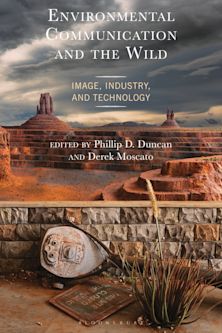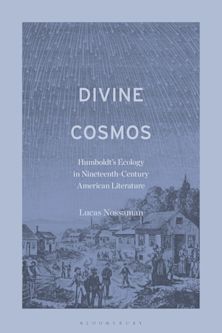- Home
- ACADEMIC
- Literary Studies
- Environmental Humanities/Literature and the Environment
- Bhopal's Ecological Gothic
Bhopal's Ecological Gothic
Disaster, Precarity, and the Biopolitical Uncanny
Bhopal's Ecological Gothic
Disaster, Precarity, and the Biopolitical Uncanny
This product is usually dispatched within 1 week
- Delivery and returns info
-
Free US delivery on orders $35 or over
You must sign in to add this item to your wishlist. Please sign in or create an account
Description
The book studies the cultural texts—fiction, protest effigies, photographs, films, reportage, eyewitness accounts, campaign posters and reports—produced around the world’s worst industrial disaster: the Bhopal tragedy of 1984. It makes a case for an ecological Gothic, wherein the city, its landscape and its people are Gothicized. After tracing the history of the disaster as a history of negligence, the book proceeds in later chapters to study the coverage of the events themselves by eyewitnesses and survivors, and the remnants, in various forms, of the disaster – the haunting – within human bodies and nature. Finally, it examines the industrial ruins and the mobilization of protests against Union Carbide.
Table of Contents
Chapter 1: The Prefiguration of Disaster
Chapter 2: The Event of Disaster
Chapter 3: Bhopal’s Biopolitical Uncanny I: The Nature of Haunting
Chapter 4: Bhopal’s Biopolitical Uncanny II: The Haunting of Nature
Chapter 5: Bhopal’s Precarity: Toxic History and Thanatopolitics in the Postcolony
Conclusion: ‘Burial of an Unknown Child’ as Icon
Product details
| Published | Nov 22 2017 |
|---|---|
| Format | Hardback |
| Edition | 1st |
| Extent | 182 |
| ISBN | 9781498540452 |
| Imprint | Lexington Books |
| Illustrations | 7 BW Photos |
| Dimensions | 9 x 6 inches |
| Series | Ecocritical Theory and Practice |
| Publisher | Bloomsbury Publishing |
About the contributors
Reviews
-
Pramod K. Nayar’s book, Bhopal’s Ecological Gothic: Disaster, Precarity, and the Biopolitical Uncanny, offers a significant expansion of that limited cultural archive. Nayar engages a large textual corpus that includes fiction, drama, documentary and dramatic film, eye-witness accounts, photography, and Bhopali acts of political protest. . . . If much of ecohorror articulates environmental anxieties and fears in a cautionary mode of potential catastrophe, Nayar offers an important corrective, locating the ecological Gothic in a recent past and ongoing present. Bhopal’s Ecological Gothic will be of interest to researchers in postcolonial, environmental, disability, and disaster studies, and will likely spur further examinations into its textual sources.
South Asian Review
-
Pramod K. Nayar’s application of the Gothic paradigm to texts emerging from the 1984 Bhopal disaster is a startling contribution to material ecocriticism and environmental justice ecocriticism. The Bhopal Gothic, in clarifying the haunted reality of this iconic event, also points to the precarity of our entire planet in the twenty-first century. This is a powerful and important book.
Scott Slovic, Oregon Research Institute
-
Pramod Nayar's incisive reading of Bhopal brings cultural studies methodologies to bear on some of the most acutely pressing issues of our times. In our contemporary Anthropocene, we need activist-intellectual work of this type more urgently than ever before.
Russell West-Pavlov, Universität Tübingen




















